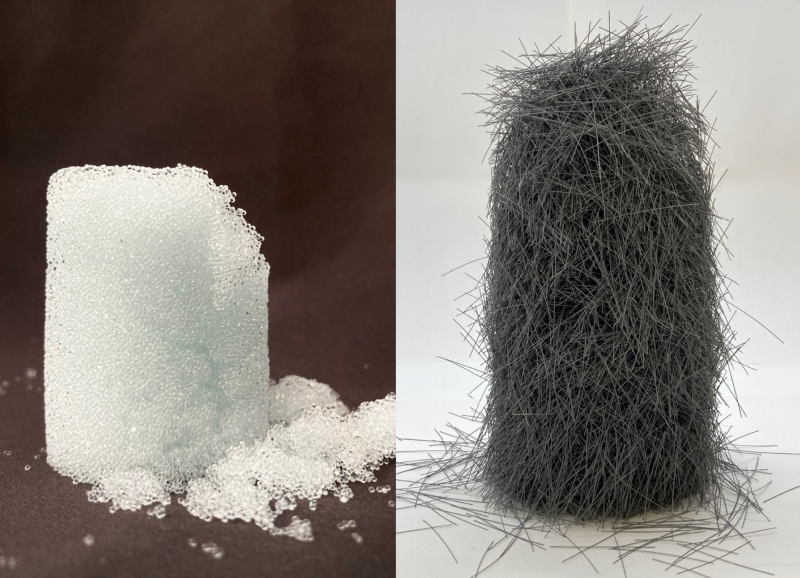Olivier PouliquenScientist
Institut universitaire des systèmes thermiques industriels (IUSTI)1
- 1Aix-Marseille Université/CNRS
CohPa (Horizon Europe - ERC AdG 101097842)
Cohesion in Particulate media
How grains flow? Can we predict the behavior of sand, snow, powders and more generally of a collection of particles? In many situations both in nature or industry, this question is of importance to predict avalanches, landslides, or designing silos and industrial processes. While for simple fluids the measure of the viscosity is sufficient to compute and predict the flow, for granular materials the question remains open. The challenge of understanding the physics of granular flows has motivated many researches and constitutive laws have been developed for grains interacting by friction and collision. However, in many applications, grains present cohesion and predicting their behavior is much more challenging. Sticky or humid grains, powders, snow, fibers are examples of granular media having difficulties to flow, with clogging, agglomeration, intermittency. The CohPa project aims at a fundamental understanding of the behavior of cohesive granular materials, by combining experimental, numerical and theoretical approaches, with the ultimate goal of developping constitutive laws able to predict their behavior in any configuration. The two work packages correspond to two types of cohesive materials. In WP1, I will study cohesion resulting from the presence of adhesive forces between particles and I will focus on the development of model materials made of sticky grains with tailored surface properties as well as on real powders. By developing innovative rheological technics coupled with numerical simulations we hope to get a new understanding of the rheology. In WP2, I will study the cohesion arising from entanglement between frictional particles, as observed in an assembly of fibers (as in a bird nest or a cotton ball), or when mixing fibers and grains (typically roots in soils). They constitute a new class of disordered materials, in which the tensile strength results from a subtle coupling between geometry, elasticity and friction, which is not yet understood.

